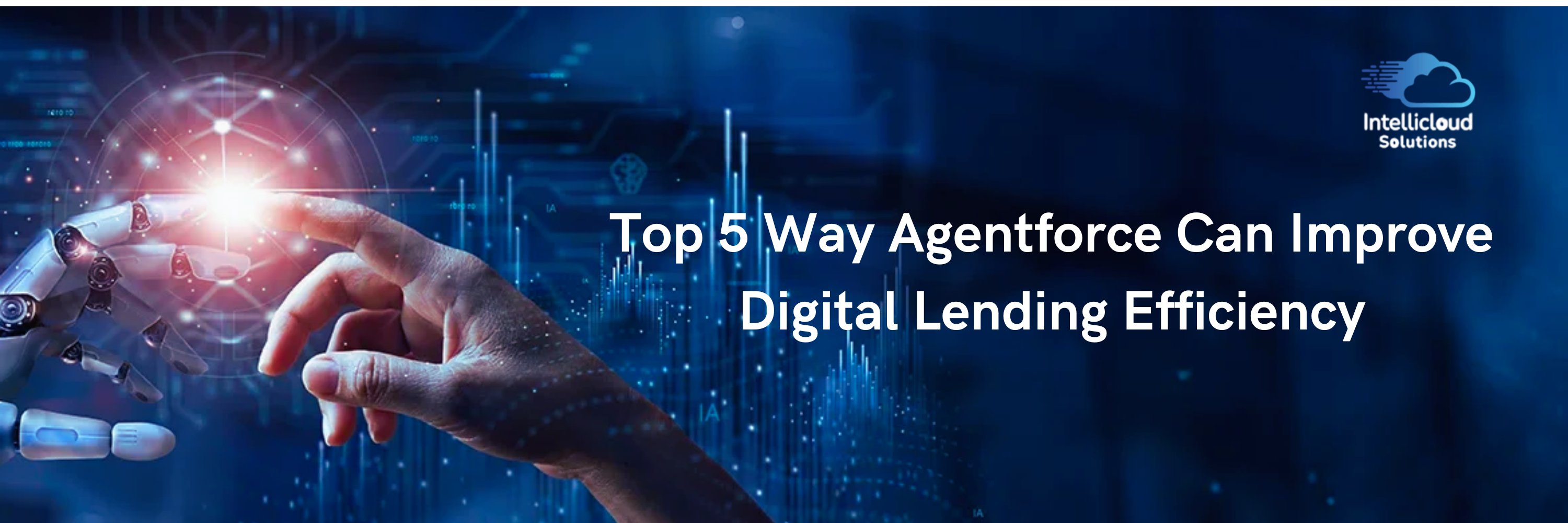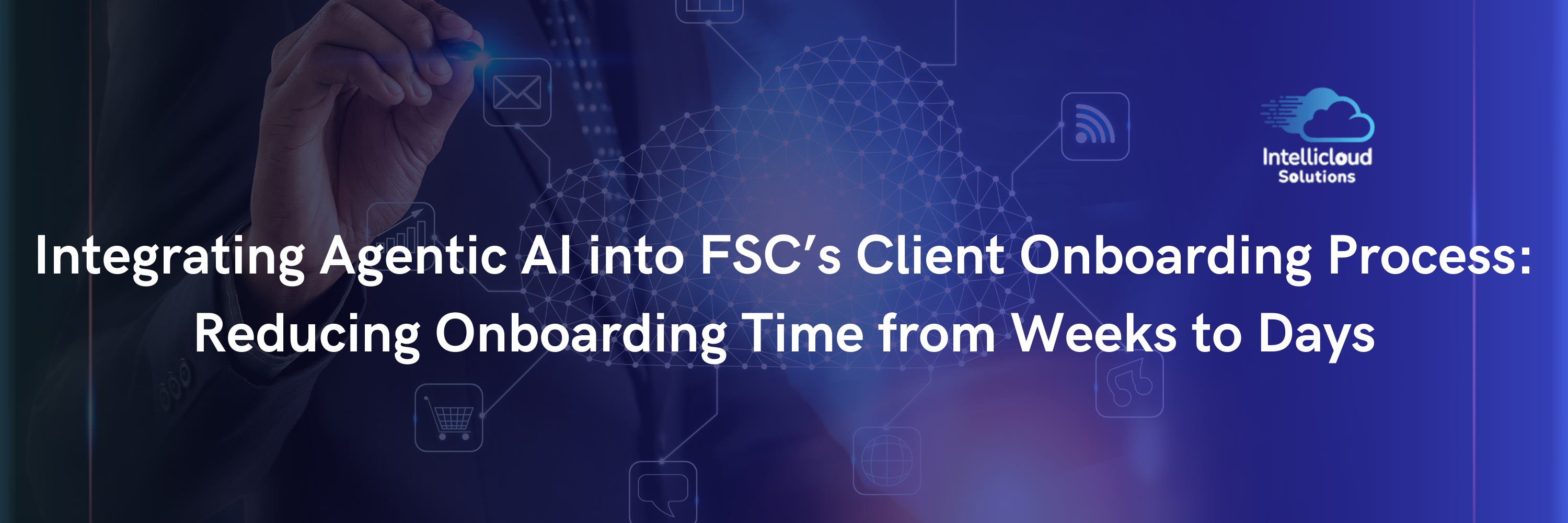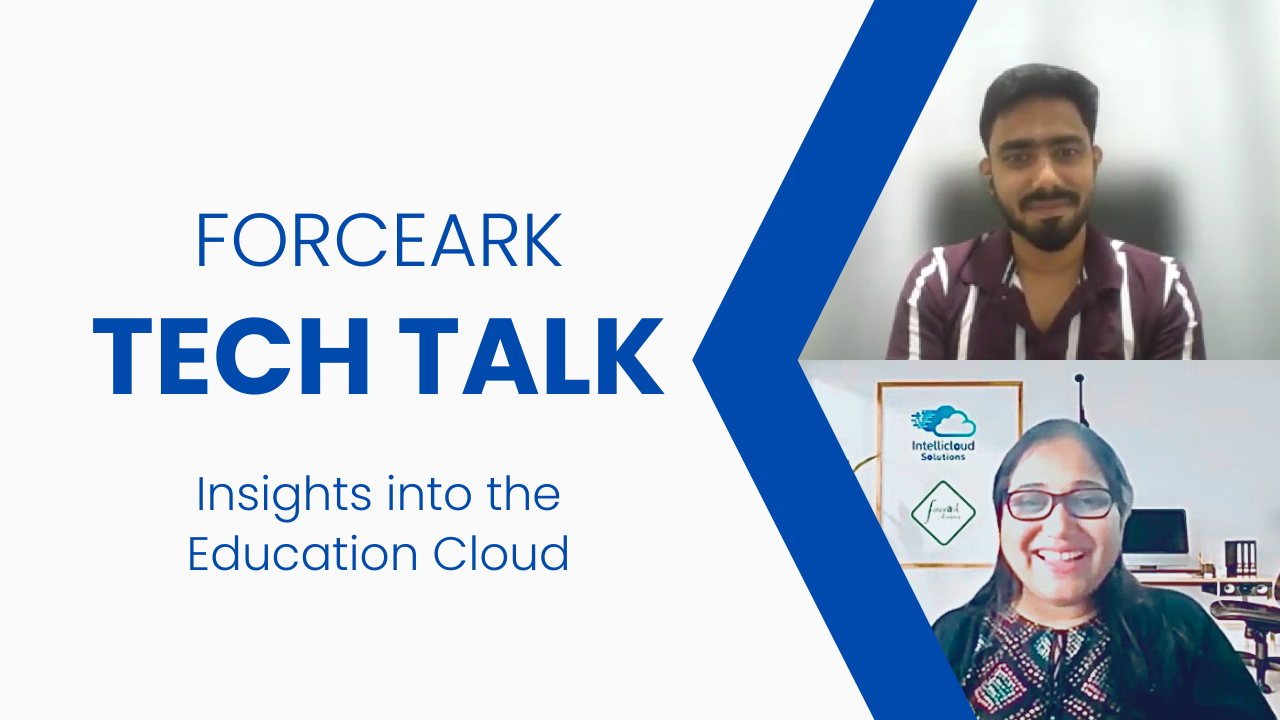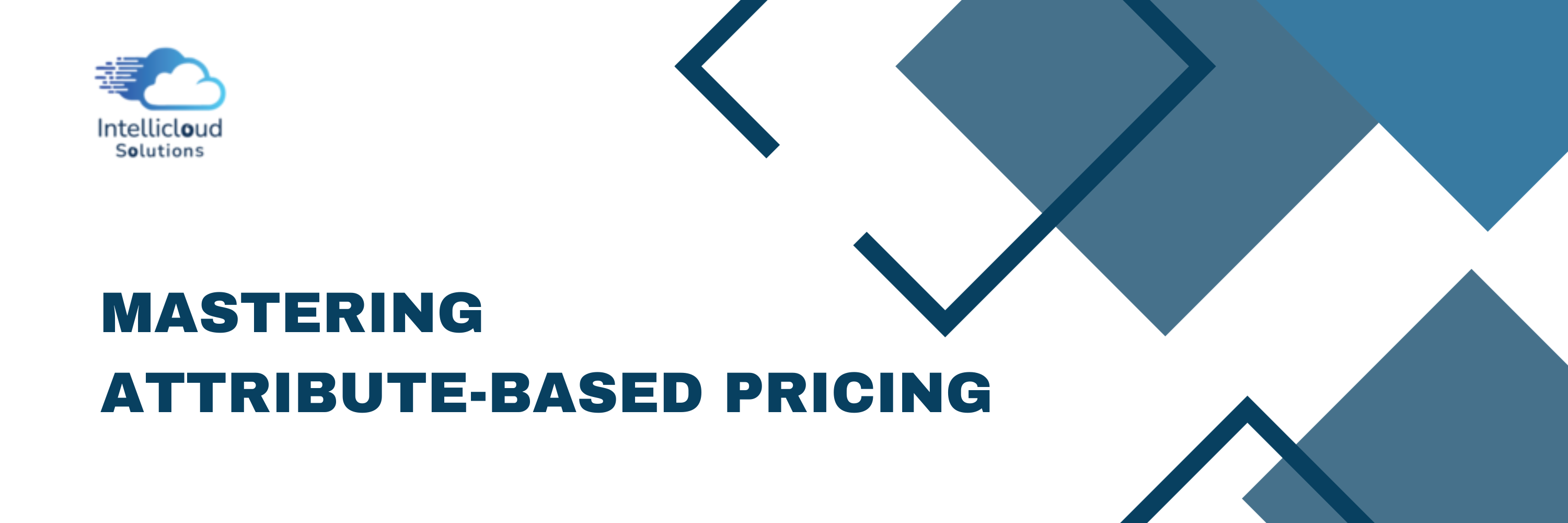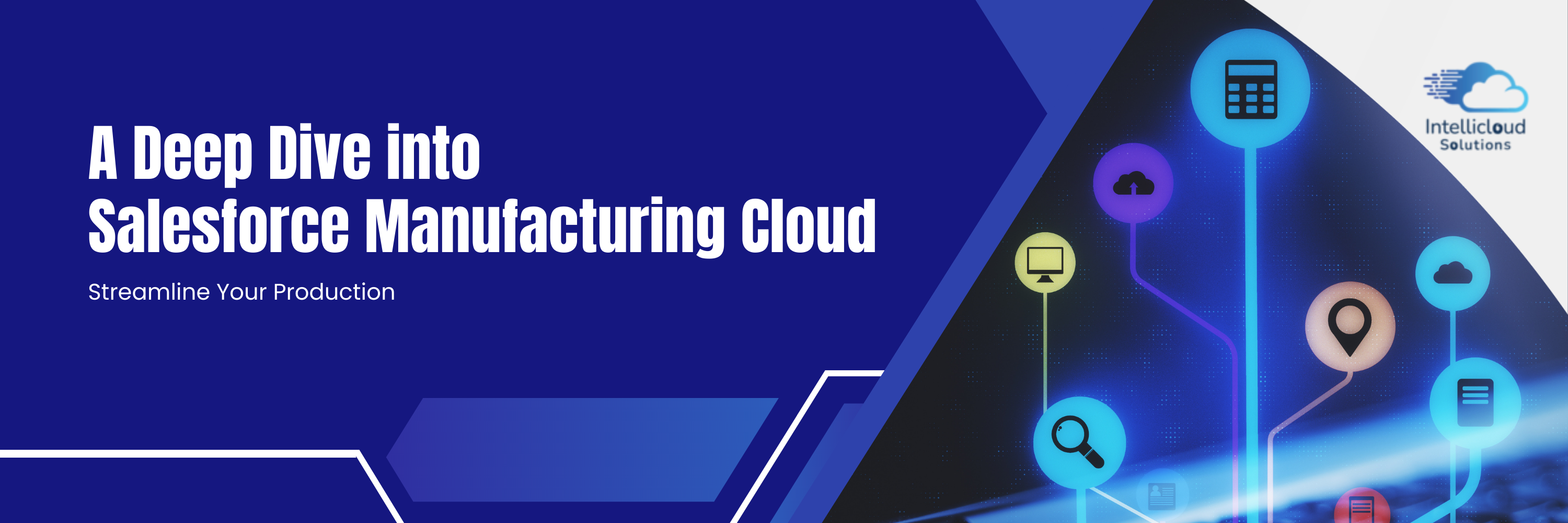What are The Types of Estimations?
Project Estimation :
One type of estimation is Project Estimation which is the key to decoding the effort, timeline, staffing, and overall cost of a project.

The three Project Estimation methods are:
1. Feature Based Estimation (Bottom Up):
Imagine it as dissecting project requirements. Break them down and estimate the build effort. Tasks, enhancements, business units – lay them out like puzzle pieces. Figure out the size of the Build Effort while considering testing activities, project duration, and complexity.
2. Staffing (Top Down):
Picture the project in phases. Set timelines based on client expectations, release plans, and available staff. Make sure to juggle customer dependencies and other surprises. Match roles to phases, estimate efforts, and throw in a bit of contingency planning.
3. Reconcile:
Adjust for external and client factors, toss in a bit of risk assessment. Compare with similar projects for wisdom. Sprinkle in discounts where you can!

Build Estimation :
Another type of estimation is Build Estimation – the art of breaking down a project into manageable building blocks for a clearer picture. Here's how it goes:
First, collect the user requirements. Imagine it's like gathering ingredients for a recipe. Once you have the requirements, propose a solution with a Fit-Gap Analysis. Think of it as creating the perfect recipe to meet all needs. Now, break the project into bite-sized pieces – the technical or functional components. Consider the complexity and count of these components.
Now, let's talk approaches:
Approach 1 - Technical Components:
Think of it like unpacking a tech package. Consider user stories, solution assumptions, components, units, complexity, and effort in hours. It's the technical nitty-gritty.
Approach 2 - Functional Components:
This is like exploring the details of a functional package. Dive into solution components, complexity, and effort in hours. It's the functional side of the estimation coin.
To Summarize -
Estimations are more than just predictions; they're like a driving force that pushes businesses ahead. When teams stick to the plan, they not only reach their goals but also develop a strong and flexible mindset. This mindset helps them stay successful in the ever-changing world of business.








